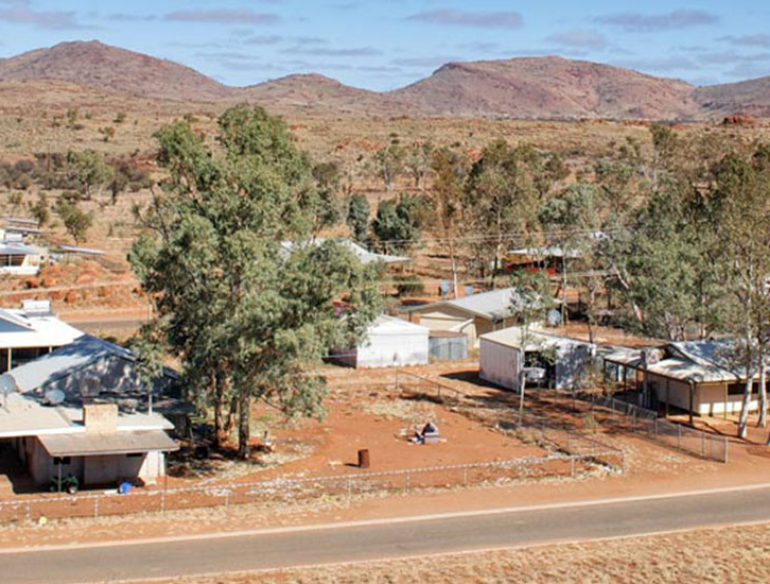Human T-lymphotropic virus type 1 (HTLV-1) is a virus transmitted by blood, sex, and from mother to child, causing lifelong infection. While many people with HTLV-1 infection do not have symptoms, it can cause serious diseases including adult T-cell leukaemia-lymphoma (ATL) and HTLV-1 associated myelopathy/tropical spastic paraparesis (HAM/TSP). While HTLV-1 is endemic among Aboriginal people in remote communities in central Australia, there remain major gaps in knowledge regarding its occurrence, distribution, and impact on mortality and illness among remote Aboriginal communities.
The project comprises two studies: an Australia-first longitudinal cohort study that evaluates the impact of HTLV-1 infection on mortality, illness, and health service utilisation among remote Aboriginal communities in central Australia; and a surveillance study that compiles systematic information on routine testing for HTLV-1 infection and HTLV-1 notifications in the Northern Territory, to gain understanding on testing coverage and positivity and factors associated with test positivity.
The cohort study involves an initial contact with participants, to obtain consent and baseline data, with follow-up then taking place through data linkage and clinical record review over the subsequent five years. The surveillance study uses routine HTLV-1 laboratory testing data and Northern Territory notifications data to assess the occurrence of HTLV-1 infection.
This project will provide important information about how HTLV-1 affects remote Aboriginal communities and inform public health policy, clinical guidelines, and future research.
Baker Heart and Diabetes Institute; Menzies School of Health Research; Central Australia Academic Health Science Network (CA AHSN).
Australian Government Department of Health.


